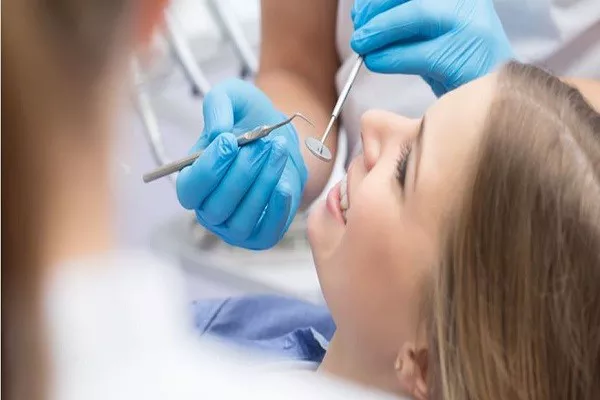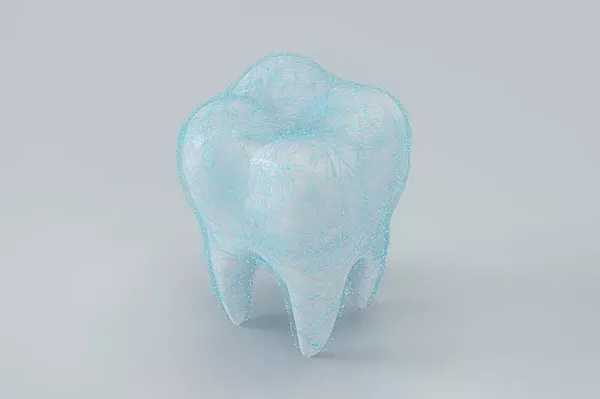Dental fillings are a common dental procedure used to treat cavities or restore damaged teeth. While most people are familiar with the process of getting a single tooth filled, some may wonder whether it’s possible to fill multiple teeth in one dental visit. In this article, we will explore the factors that determine whether you can fill many teeth at the same time and the considerations involved in multi-tooth fillings.
Understanding Dental Fillings
Before discussing the possibility of filling multiple teeth simultaneously, it’s essential to understand the basics of dental fillings:
Purpose: Dental fillings are used to treat cavities (dental caries) and repair damaged teeth. When a tooth has a cavity, the decayed portion is removed, and the resulting space is filled with a restorative material to restore the tooth’s shape and function.
Materials: Dental fillings can be made from various materials, including amalgam (silver fillings), composite resin (tooth-colored fillings), gold, and ceramics. The choice of material depends on factors like the location of the tooth, cosmetic concerns, and the patient’s preferences.
Procedure: The process of getting a dental filling typically involves the following steps:
Numbing the tooth and surrounding area with a local anesthetic to ensure a painless experience.
Removing the decayed portion of the tooth using a dental drill or laser.
Preparing the tooth for the filling by cleaning and disinfecting it.
Placing the chosen filling material into the prepared space.
Shaping and polishing the filling to ensure a comfortable and functional fit.
Can You Fill Many Teeth at the Same Time?
Whether you can fill many teeth at the same time depends on several factors:
Extent of Decay or Damage: The primary factor influencing the possibility of filling multiple teeth simultaneously is the extent of decay or damage. If several adjacent teeth have minor cavities or damage that can be addressed in a single visit, your dentist may opt to treat them at once.
Type of Fillings: The type of fillings being used also plays a role. For example, composite resin fillings require a specific curing process using a special light. This may limit the number of teeth that can be filled simultaneously. Amalgam fillings, on the other hand, can be placed more efficiently and may allow for multiple teeth to be filled at once.
Comfort and Time: Patient comfort and the time required for the procedure are essential considerations. While some individuals may tolerate longer dental appointments, others may prefer shorter, more manageable visits. Dentists take these factors into account when determining the treatment plan.
Dentist’s Expertise: The experience and expertise of your dentist are crucial. A skilled dentist can efficiently treat multiple teeth in one visit while ensuring the quality and longevity of the fillings.
Treatment Plan: Your dentist will create a treatment plan based on your specific oral health needs. This plan may include a recommendation for simultaneous filling of multiple teeth if it is the most practical and effective approach.
Benefits of Filling Multiple Teeth in One Visit
There are several potential benefits to filling multiple teeth at the same time:
Efficiency: Treating multiple teeth in one visit can save time for both you and your dentist, reducing the number of appointments needed.
Convenience: Fewer visits to the dentist may be more convenient for patients with busy schedules.
Cost-Effective: Combining multiple fillings into one appointment may be cost-effective, as it reduces the need for additional office visits.
Consistent Results: Simultaneously treating adjacent teeth ensures consistency in the type of filling material used and the overall restoration process.
Preventive Care: Addressing multiple cavities or damaged teeth promptly can prevent further oral health issues and complications.
Conclusion
While it is possible to fill multiple teeth at the same time, the feasibility of this approach depends on various factors, including the extent of decay or damage, the type of fillings, patient comfort, and the dentist’s expertise. Your dentist will assess your oral health needs and create a treatment plan that best suits your situation. Whether you require single or multi-tooth fillings, the goal is to restore your teeth to their optimal function and appearance while ensuring your comfort and well-being. Regular dental check-ups and early intervention can help minimize the need for extensive dental fillings, underscoring the importance of preventive dental care.
Related Topics:




























